21 Read About Job Interviews
A. Reading Strategy 1: Use Text Features
Text features draw your attention to important ideas and information. Following is a list of common text features.
Scroll down to look at the reading in the box at the bottom of this page. Click on the text features you see in that reading.
B. Reading Strategy 2: Skim and Scan
When you learn how to skim and scan a text, you can quickly find what you are looking for without having to read the whole text. Pay attention to the text features! They can help you find what you are looking for quickly.
Skim the reading in the textbox below for only 30 seconds! Can you answer the following three questions?
C. Careful Reading
- Now read the article more carefully.
- Answer the 12 questions below.
The Job Interview
Great news! An employer wants to talk to you. The employer wants to interview you. Write down the time, date, and address of your meeting.
Now you must get ready for the interview. You must be ready for the interview process.
Three Types of Interviews
The three types of interviews are phone interview, one-on-one interview, and panel interview.
1. Phone Interview

A phone interview can happen at any time.
- It can happen when you call a company to look for work.
- It can happen after the employer reads your resumé.
- It can happen if you live far away from the company.
- It can happen when you call the phone number on a job posting.
- It can happen after you and the employer make an appointment for a phone interview.
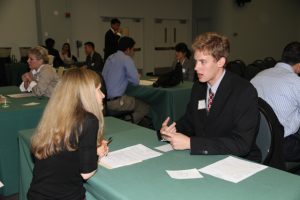
2. One-on-one Interview
- The person who interviews you is usually the manager.
- When only one person interviews you, it is a one-on-one interview.
3. Panel Interview
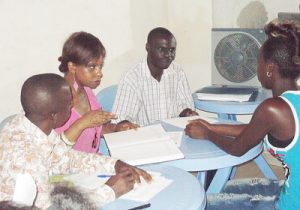
- When more than one person interviews you, it is a panel interview.
- Sometimes the panel will be the manager and two workers. Sometimes it will be three managers.
Before the Interview
- Do your research! Find out about the employer before you go to your interview. This will show the employer that you are interested in the company. It will also help you answer questions during the interview. As well, it will help you know what questions to ask. How do you research an employer?
- Ask other people what they know about the company.
- Use the internet to find out about the company.

- Learn about body language—think about how you should move in an interview. For example, you should not cross your arms during an interview.
- Learn what questions the employer will ask.
- Practise answering the interview questions.
- Think about what questions you can ask the employer.
- Plan ahead of time. You do not want to be late for an interview.
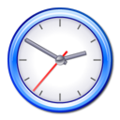
-
- How are you going to get to the interview?
- If you are taking a bus, know the bus number, route, and times.
- If you drive, look at a map. Write down the roads you need to take.
- Practise the drive the day before. This will tell you how long the trip will take.
7. Collect your information
Adapted from Government of Alberta. (2014). Find a job: a workbook to help you find the job you want. https://open.alberta.ca/publications/9780778588634
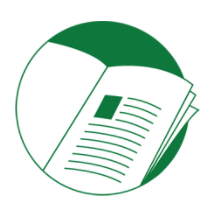 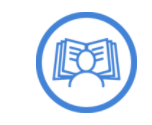 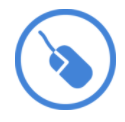 |
Read very quickly to find the main point(s) or a specific point
Quickly look at a text or document but not read it carefully; you might scan for a particular detail or to see how the text is organized
Happening often
Look for information about something
Communicating by the way you move your body
Right; with no errors
People who give information about your personality and your abilities
A summary of a person's work and education

